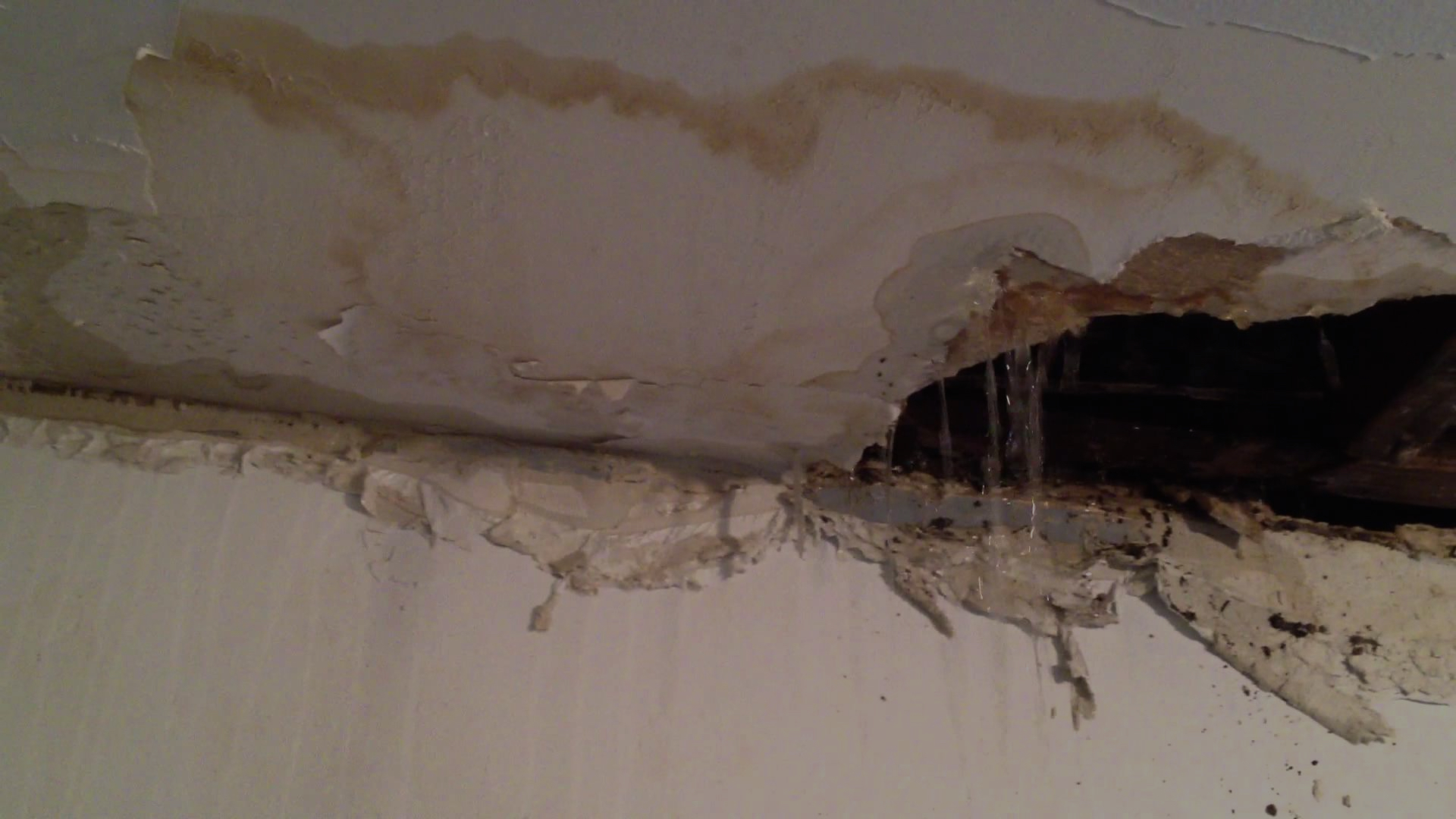
Use Your Water Meter
The first thing a person should do when looking into water leak detection and then repair of the problem is to check the meter.
- Make sure that no one is using water.
- Check the leak indicator of your meter. Whether it is a small triangular dial or silver wheel, it will rotate if water is flowing.
- The person can also take a comparative reading, noting what the meter says at one point and then checking again one to two hours later. Different results indicate a leak.
Once a leak’s existence has been verified, the next step is figuring out where.
- The homeowner should use his shut off valve to stop water flow.
- Check the leak indicator. If the indicator is not registering a leak, then the problem is inside the house. Otherwise, the leak is outside.
- If the leak cannot be found, the homeowner should consider hiring a plumber to help with water leak detection and repair.
Faucets
A leaky faucet is likely due to a worn washer, a component found right under the handle. Simply shut off the water under the sink, remove the handle and replace the washer.
Toilets
To assess a leaky toilet, remove the lid and add some colored liquid to the back tank. Wait half an hour and then check the bowl to see if any color has seeped through. If so, this indicates a leak. Fortunately, all the homeowner needs to do is swap out the flapper or filling mechanism.
Flapper Valve Leaks
These leaks come from a faulty flapper, the rubber valve located along the tank’s bottom that rises during flushing. A worn or cracked flapper allows water to escape into the bowl without flushing.
Flush Handle Issues
If the toilet’s handle must be jiggled to keep working, some components might be sticking. The homeowner should tweak the nut securing the handle to the tank and then consider replacing the handle, if adjustment proves fruitless.
Overflow Tube Leaks
The ideal water level is even with the fill line in the back tank, roughly ½” below the overflow tube. Excess water can spill into the overflow tube. A homeowner can tweak the water level by turning the relevant screw or slightly bending the float arm so it shuts off underneath the tube.
If none of this advice helped solve the leak, the homeowner should consider hiring a plumber.
Other Leaks
Because normal water is pressurized, leaks should be obvious. Wastewater is another matter, as it is un-pressurized and guided by gravity. Homeowners should be mindful that figuring out a leak’s exact location can be challenging. Some leaks start in one place but drain out and damage a secondary spot.
Homeowners should check for wet or warped areas and discoloration on surfaces and woodwork, especially in places like the bottom of a kitchen or bathroom cabinet. They should always double-check the leak’s location before starting repairs. Condensation is another form of leakage. While it is normal, excessive levels of condensation can damage surfaces and woodwork. Insulating pipes can help manage condensation.
Subterranean Leaks
- Look around for spots on the property that always seem wet.
- Check the driveway and curb for water flow. Note that this might appear as an eternal puddle or a dark spot of concrete.
Meter Reading
Check the meter and note the reading. Keep the water off for several hours and check again. If water has been used after fixing all the other leaks, the leak is likely found underground.
